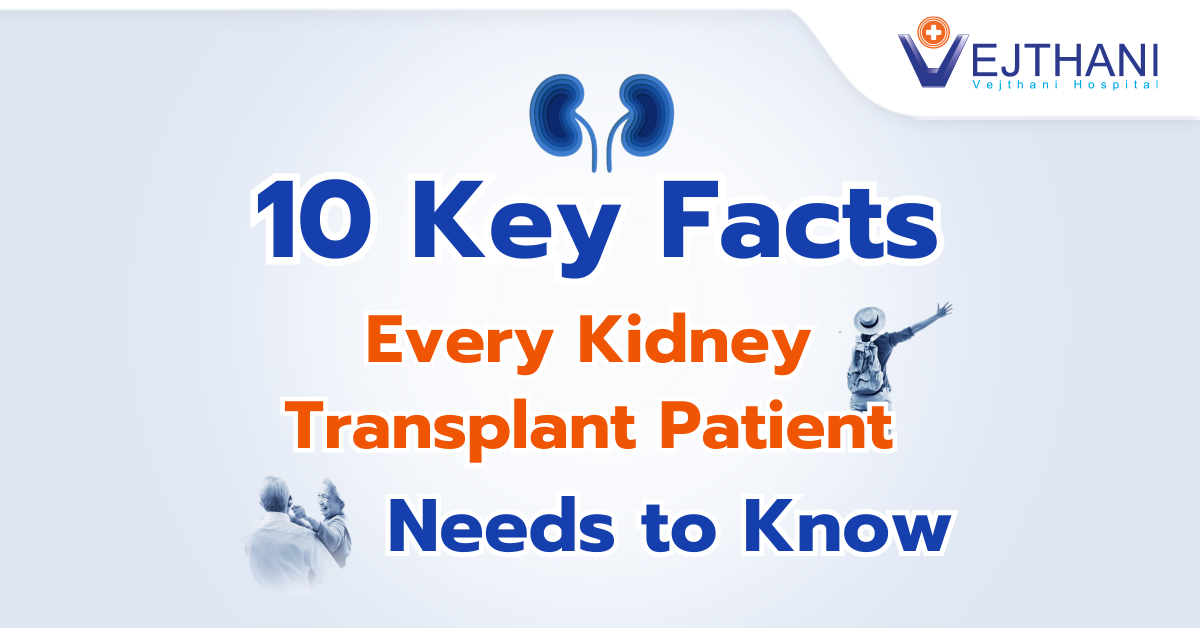
Hives and angioedema
Overview
Urticaria, sometimes referred to as hives, is a skin reaction that results in itchy welts that can be anywhere from little patches to large blotches in size. A lot of situations and things, such as particular food and medications, can cause hives. When your immune system comes into contact with an allergen, allergic reactions occur. Proteins known as allergens are generally safe for most people but can trigger allergic reactions in those who are more susceptible
Angioedema may manifest alongside hives or occur independently. Deeper layers of the skin become swollen, frequently around the lips and face. Angioedema and acute hives are frequent. Most of the time, even without treatment, they go away in a day, and leave no permanent scars. Chronic hives are those that linger longer than six weeks.
Antihistamine medications are typically used to treat hives and angioedema. If the airway is blocked by throat or tongue swelling, angioedema can be fatal.
Symptoms
Hives
Hives-related welts can include:
- Circular, oval or worm shaped
- As big as a dinner dish or as little as a pea
- Skin-colored, reddish on white skin or purplish on black and dark skin
- Itchy skin that might range in severity.
Most hives develop fast and disappear in less than 24 hours. Acute hives are what this is. Hives that are chronic might linger for months or even years.
Angioedema
Angioedema is a skin-deep allergic response resembling hives. It might show up alone or with hives. Some warning signs and symptoms are:
- Swollen lips, cheeks, or around the eyes
- Mild tenderness and warmth in the area affected.
- Minutes to hours-long welt formation
If you experience hives and angioedema, it is usually possible to manage mild cases at home. However, if your symptoms persist for more than a few days, it is advisable to seek guidance from a medical professional. Your symptoms could be an early indicator of an anaphylactic reaction if you believe that your hives or angioedema were brought on by a known food or drug allergy. If your tongue, lips, mouth, or throat feel swollen, or if you’re experiencing difficulties breathing, get emergency help.
Causes
In the majority of cases, the exact cause of acute hives and angioedema is unknown. However, certain conditions can occasionally trigger these symptoms.
- Foods. People with sensitivities who eat certain foods may experience responses. Frequent offenders include shellfish, fish, peanuts, tree nuts, soy, eggs, and milk.
- Medications. Penicillins, aspirin, ibuprofen, naproxen sodium, and blood pressure medications are just a few of the drugs that might result in hives or angioedema.
- Airborne allergens. When inhaled, pollen and other allergens can cause hives and occasionally upper and lower respiratory tract symptoms.
- Insect bites and infections. Insect bites and infections are additional causes of acute hives and angioedema.
Risk factors
Angioedema and hives are frequent. Hives and angioedema may be more likely to develop if you:
- Having other types of allergic reactions
- History of having hives or angioedema in the past
- Having family history of hereditary angioedema, angioedema, or hives.






















